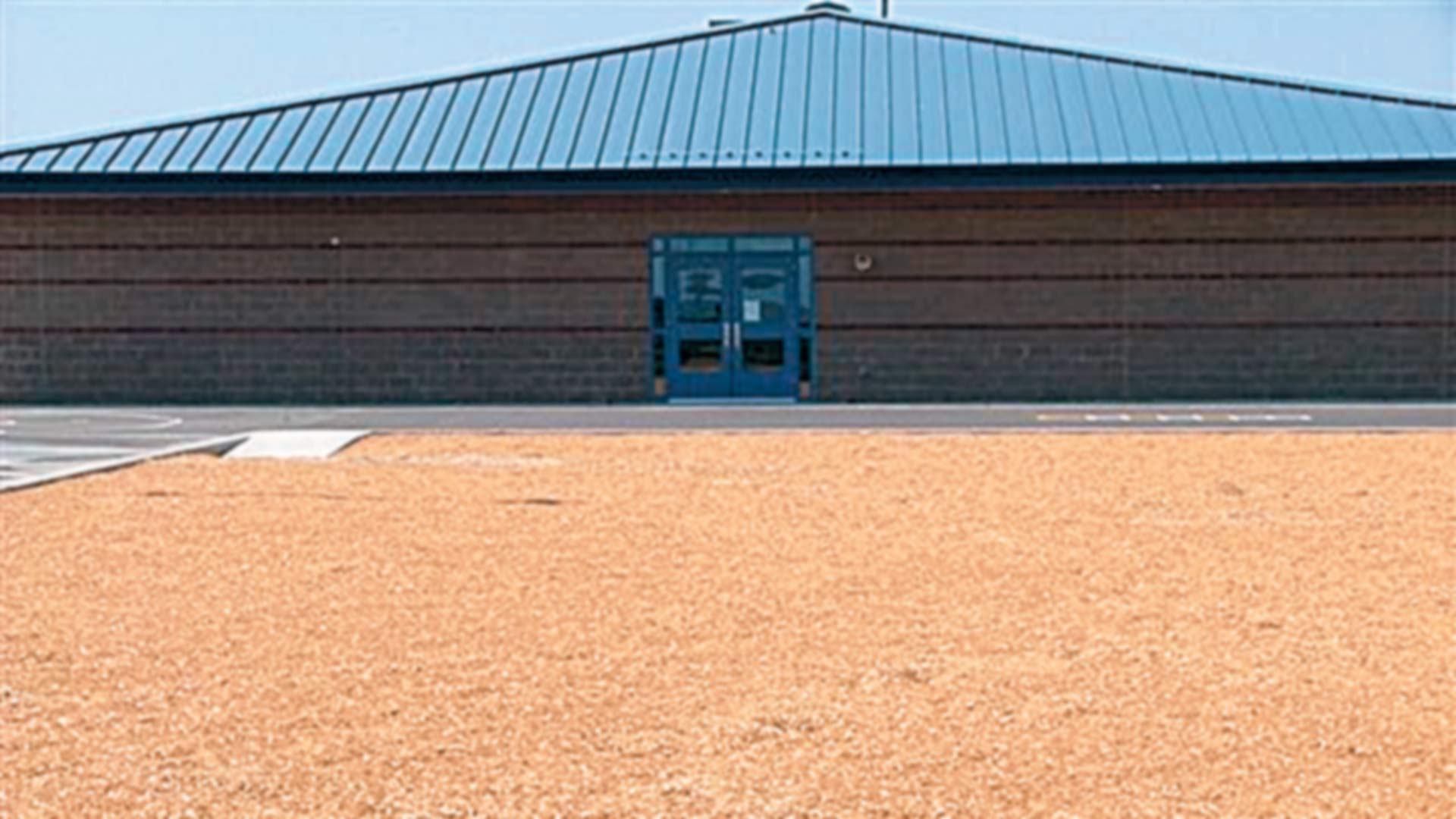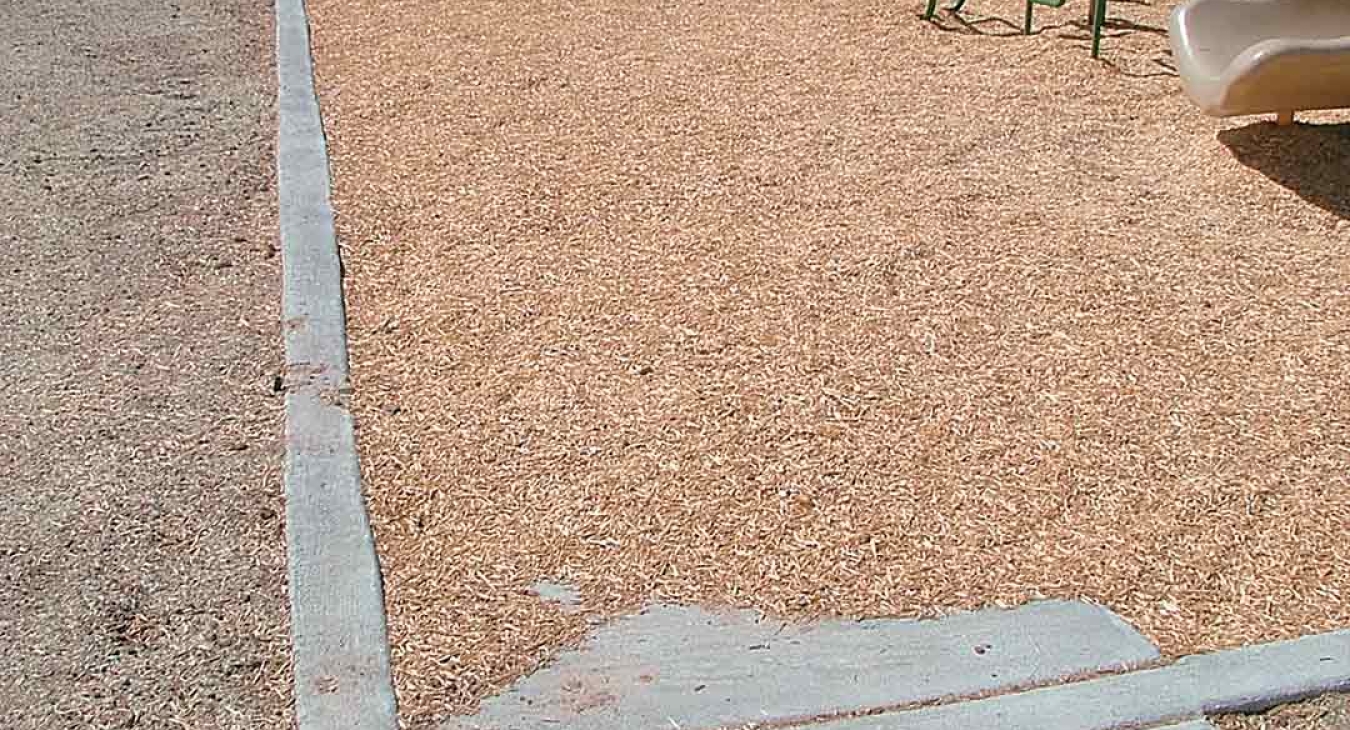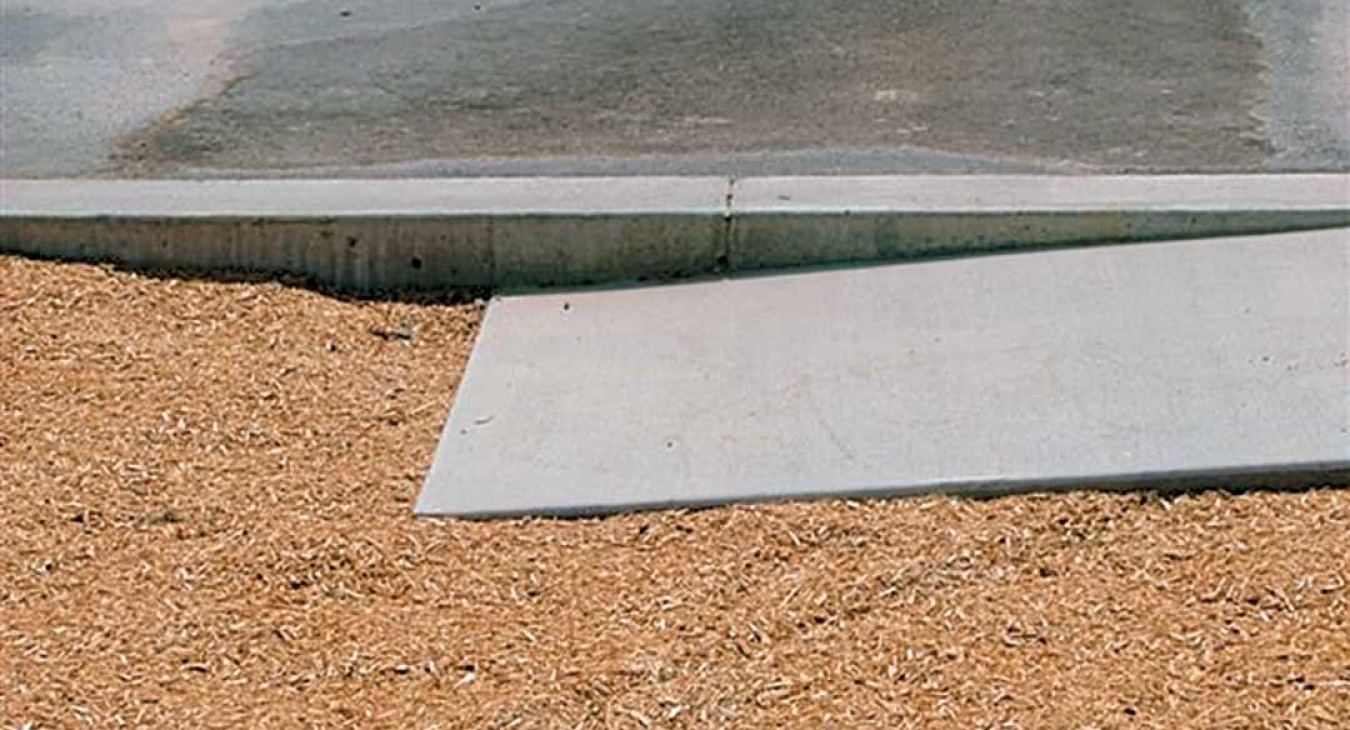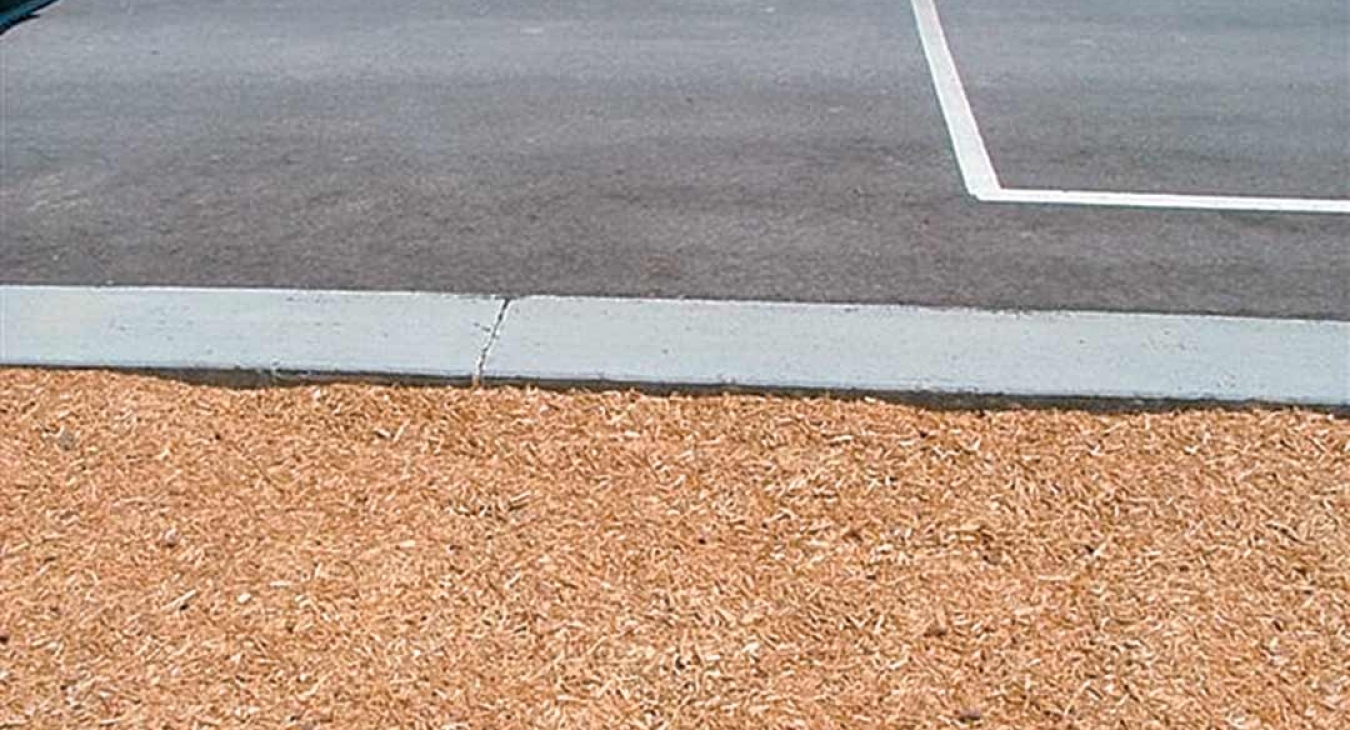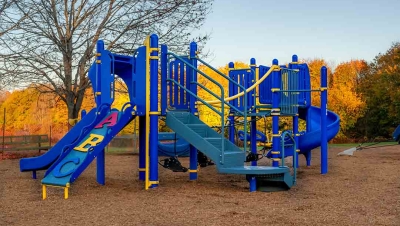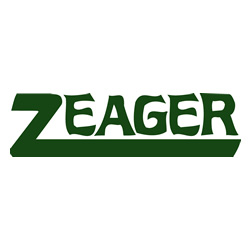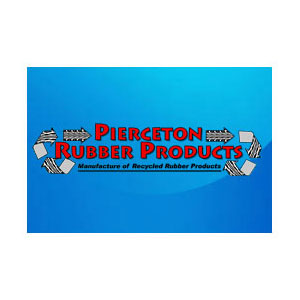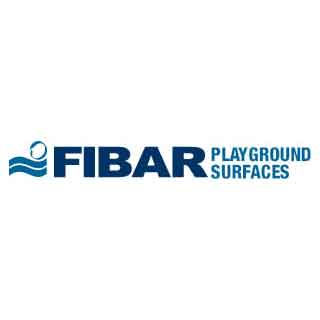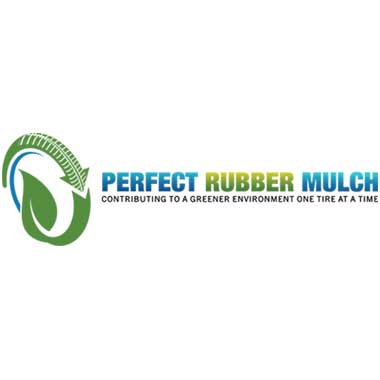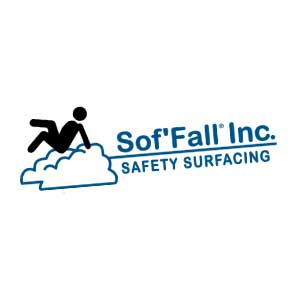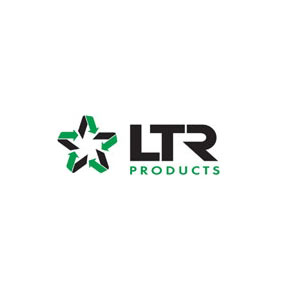Loose-Fill Accessibility - The correct usage with ADA ramps
Playground surfacing and surfacing requirements are generally considered to be the most confusing aspect of playgrounds. One has to deal with Impact Attenuation, Head Injury Criteria (HIC), and the Americans With Disabilities Act (ADA).
There are basically three types of playground surfacing loose-fill products, unitary surfaces, and two-layer systems. Common loose-fill surfacing includes sand, pea gravel, engineered wood, and shredded rubber. Unitary surfacing is rubber tiles and poured-in-place rubber, and newer to the marketplace are two-layer systems that may utilize a loos-fill or unitary surface under a durable top surface.
For the purpose of this article, we are going to discuss loose-fill accessible surfaces, which are loose-fill products that pass testing according to ASTM F1951, The Standard Specification for Determining the Accessibility of Surface Systems Under and Around Playground Equipment. If your surfacing complies with this standard, a wheelchair may maneuver on the surface. Most commercial playground wood surfacing products and many rubber products meet this requirement.
If the surfacing itself is accessible, the problem could then lie with accessing the surfacing from the perimeter of the playground. The wheelchair must be able to get from the sidewalk to the playground surfacing.
Most loose-fill products compact, move, blow away, or get pushed away from the top edge of the border or sidewalk. This creates a lip or edge between the top of the accessible surface and the sidewalk or entryway. It is therefore required that a ramp be available to accommodate the wheelchair with accessing the surfacing to meet the requirements for compliance.
“If the surfacing itself is accessible, the problem could then lie with accessing the surfacing from the perimeter of the playground.”
Ramps can be made out of any product that meets ASTM 1951; this includes asphalt, concrete, plastic, or rubber. If the product does not meet Impact Attenuation and HIC Criteria (ASTM 1292), be sure to install the ramp outside of the safety zone of the equipment.
Loose-fill surfacing should always cover the ramp. Many builders and playground owners feel the need to keep the ramp swept clean of any loose-fill materials. If you do this, you will also end up with lips or edges on your ramp that the wheelchair cannot maneuver past onto the surfacing.
Think in terms of a reservoir and a boat dock. The boat dock disappears below the water, so no matter how much water is in the lake, the boat can still access the water. If your ADA ramp becomes exposed, it may be time to refill your playground with more surfacing.
Photos:
- Banner image: This loose-fill surfacing cannot be accessed if surfacing goes below the concrete.
- Main image: Proper use of loose-fill surfacing with ADA ramp.
- First thumbnail image: Access ramps should be covered with wood or rubber surfacing.
- Second thumbnail image: Loose-fill settles below the finish grade of the sidewalk — requires an access

